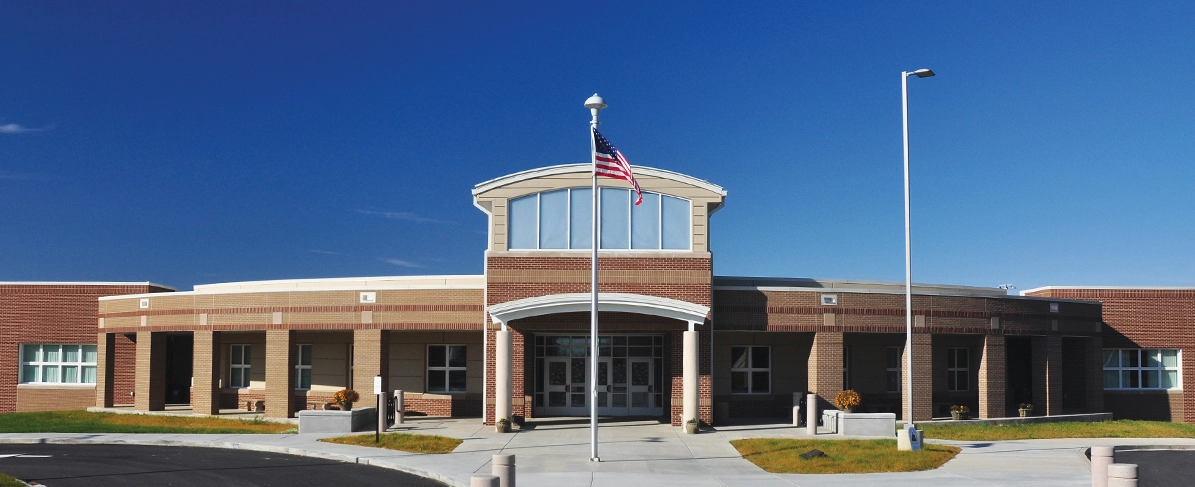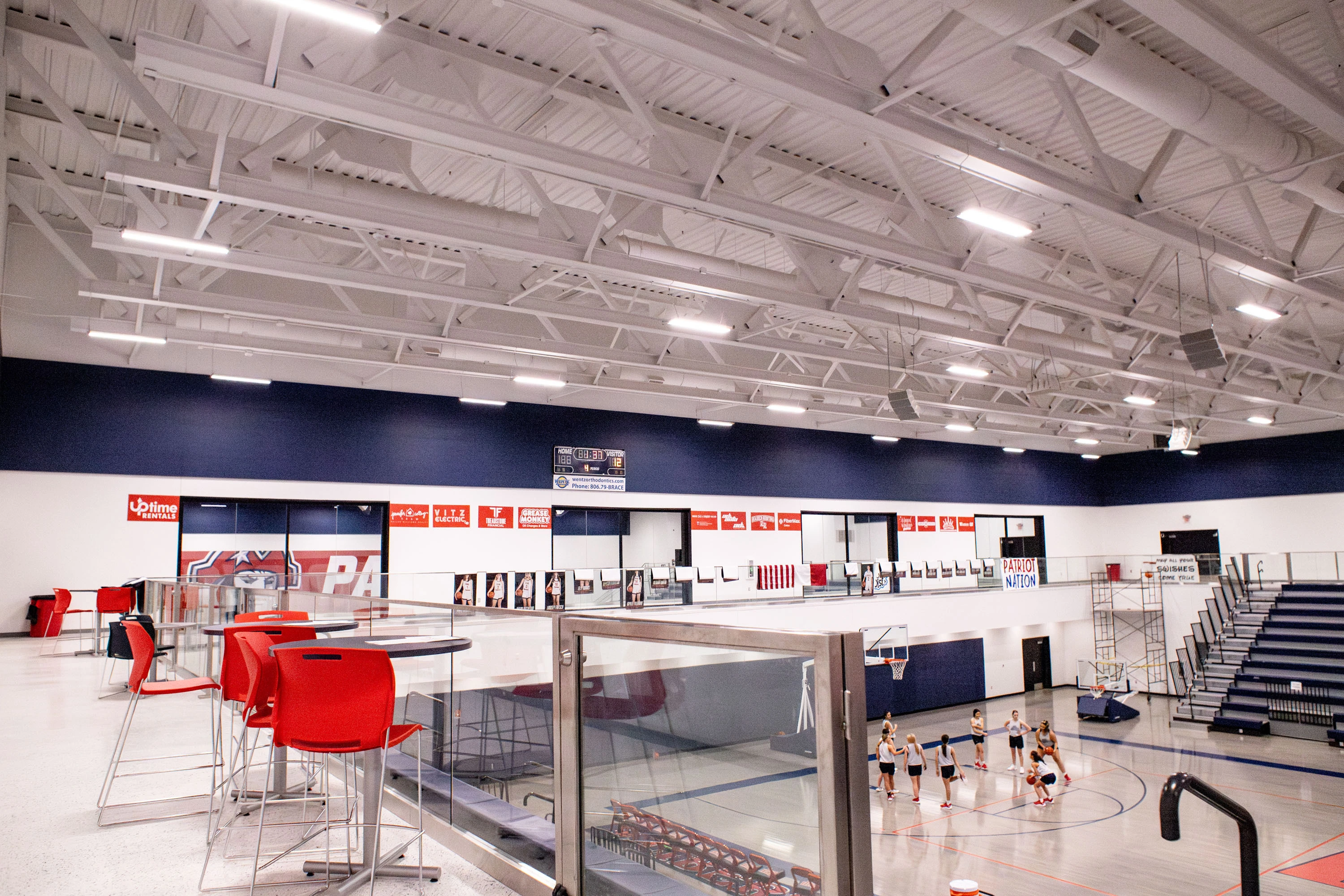

When it comes to the safety of students and faculty, schools can no longer afford to overlook storm shelters as an essential component in their buildings. With the increase in natural disasters like tornadoes and hurricanes, educational facilities must protect their communities while also meeting evolving building codes and tight budgets. The question becomes how can schools include storm shelters in a cost-effective manner without compromising safety or functionality?
In this blog we’ll explore why storm shelters are essential, the challenges schools may face in building them and practical solutions school districts can use during construction to deliver student safety.
Extreme weather is on the rise with a growing number of tornadoes and hurricanes impacting regions across North America.
Considering the risks, the International Building Code (IBC) now mandates schools in ICC 500 high-speed wind zones and with occupancy levels over 50 people to include storm shelters built to ICC 500 standards. Even for school districts outside of these areas, constructing a safe room or storm shelter future proofs your building and provides protection for students and staff.
These added security measures can even enable your school to serve as a community storm shelter or disaster relief center in times of crisis.
Designing a storm shelter for a new school can present several challenges, including space, utility requirements and budget constraints. However, building materials designed for disaster mitigation can streamline the process and make tornado-proof structures and hurricane proof buildings more attainable for schools of all sizes in any location.

A common misconception about safe rooms is that they limit the necessary space in the overall building design. However, this concern can be easily avoided by designing them to double as multi-functional spaces, such as gymnasiums, community rooms and classrooms. This dual-purpose approach maximizes educational spaces while still allowing for integration of a storm shelter.
Liberty High School in Lubbock, Texas was required to include a storm shelter that met ICC-500 requirements and incorporated this safety feature in their new multi-purpose space. The school used Nudura Insulated Concrete Forms (ICFs) for the structural walls to create a storm shelter that also serves as a fully functioning gymnasium with two practice gyms. Any interior finishes can also be added to ICF walls, so a storm shelter is indiscernible from any other space in the school.
A storm shelter isn’t just a concrete box— it needs to include basic utilities such as bathrooms, ventilation systems, emergency lighting and a reliable power source. These requirements add upfront costs but ensure longer term safety and comfort for its occupants. These expenses can be easily offset by choosing more efficient building materials throughout the school's construction.
The safety of students is invaluable, so schools should not cut corners due to funding. Whether the inclusion of storm shelter is voluntary or for compliance, there are various building methods that can construct these structures to code, so it is important to consider all of their additional pros and cons. For example, a CMU block storm shelter when compared to an ICF shelter may initially seem more affordable. However, concrete blocks require additional labor, time and material costs that may exceed the budget. Here are the ways to maximize safety with affordability from the beginning:
Choosing materials, like ICFs, allows for simplified installation, easy integration of other trades and lower HVAC usage, offering significant savings.
Storm shelters are quickly becoming an essential feature in school design— not just to meet updated building codes but to provide a disaster-resilient environment for students and staff in emergency situations. By approaching storm shelter design with the right materials and efficiency in mind, school districts can build affordable, multifunctional safe havens that enhance their overall facility.
If you’re looking to build stronger and safer schools, reach out to our team for expert advice and resources for your next project.